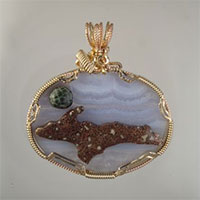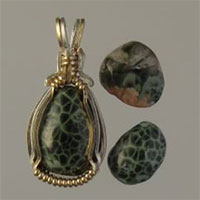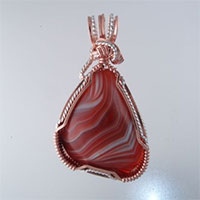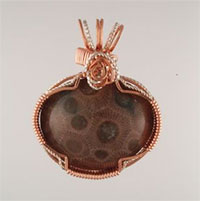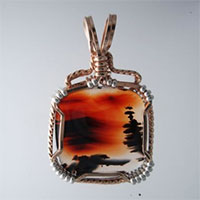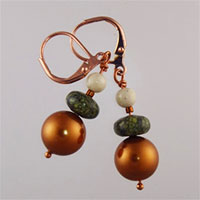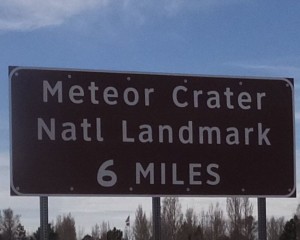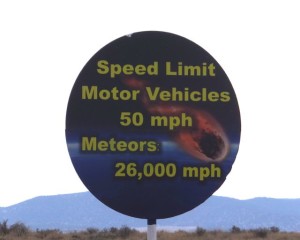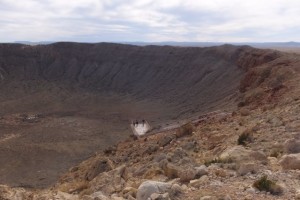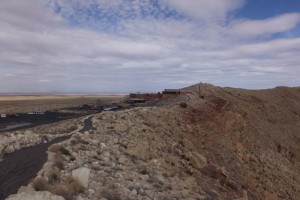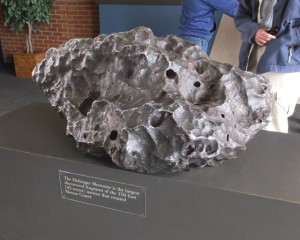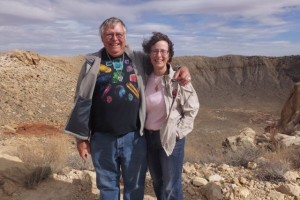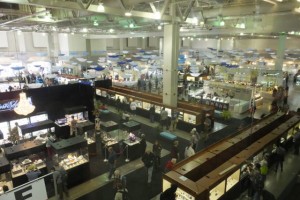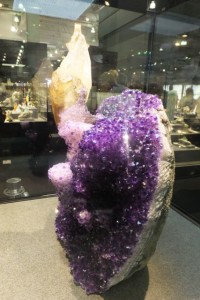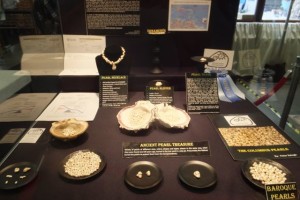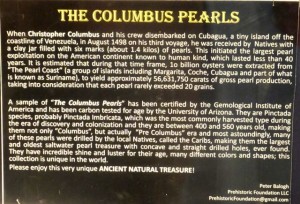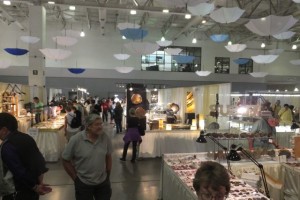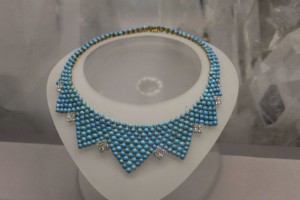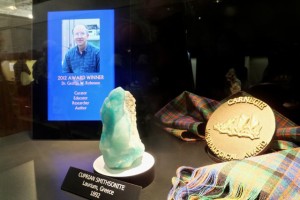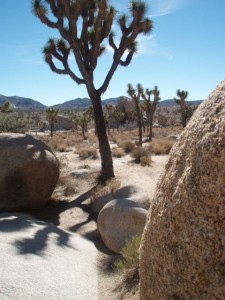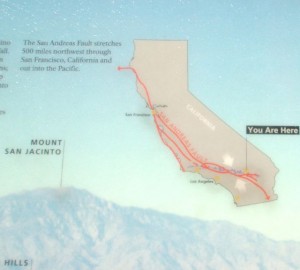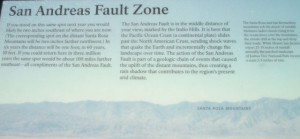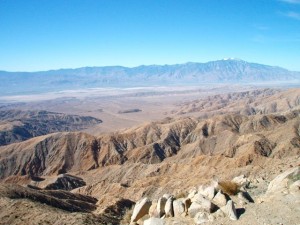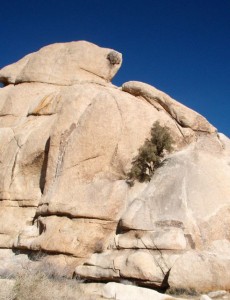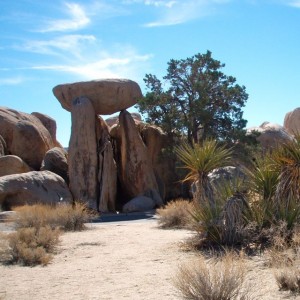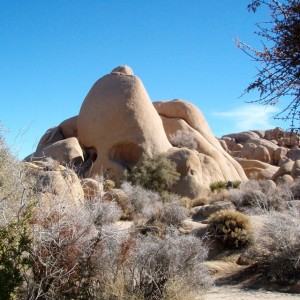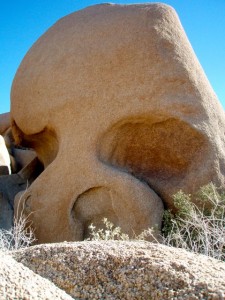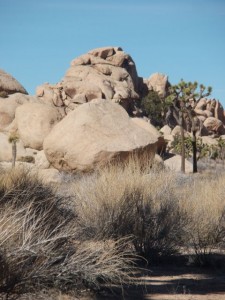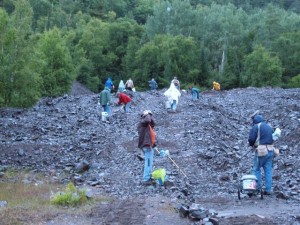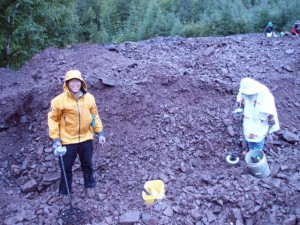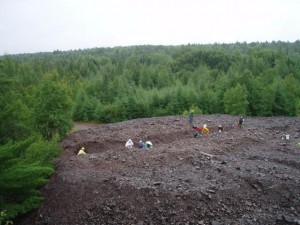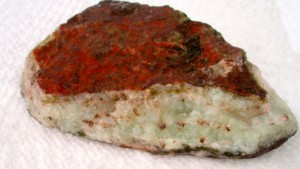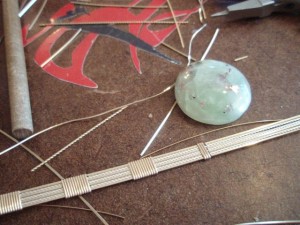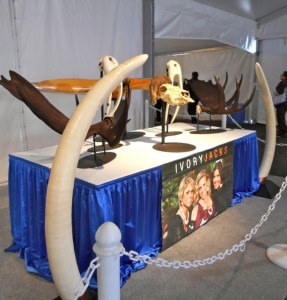
At the entrance to the Holidome tents. No photos allowed inside.
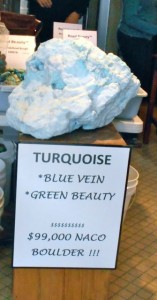
A high grade Turquoise boulder at a Holiday Inn Room.
Where should we go today? This is our coversation over coffee each morning. Today the Holidome show opened. This is a typical hotel show in some ways, but the addition of two big tents add the trade show feel as well. Last year the aisles were so narrow we had trouble with getting by other buyers and especially the “bead ladies” with their large wheeled suitcases in tow. (sometimes the Bead Ladies are really Bead Men, but the oversize luggage is the key identifier.) This year there is an additional connected tent, allowing wider aisles. One lady today insisted the shuttle drop her off on the sidewalk because her suitcase was 150# and the small wheels were useless on the peastone surface.
We first sought to replenish our jewelry chain supply and were able to find some high quality chains of assorted styles and sizes. This is a long and complicated procedure, getting some of this length and that, then moving to another thickness or pattern, then changing metals–silver, rose gold, yellow gold. After you select them, then comes the weighing and the wrapping and the paying. Chains are not so fun to deal with, Bonnie tells me. I really try to stay away.
We scooted through a lot of aisles, skipping past so much finished jewelry and slowing down to look over really nice cabochons or unusual displays.
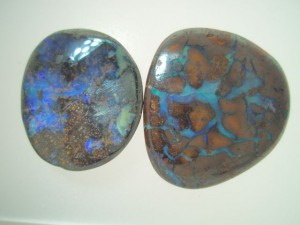
Good Boulder Opal reasonable.
Walking the aisles we only bought a couple boulder opals. After a few days of busy purchasing it was good to lighten up. The favorite sculpture of the day (again, sorry no pics!) was three parrots carved from Blue Peruvian Opal and perched on top of a large quartz specimen. Memorable.
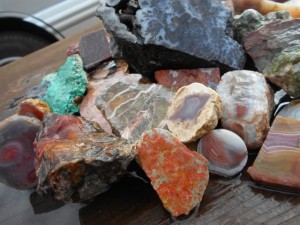
Randon rocks from the tailgate.
We found some vendors tailgating and we stopped to look. I found an interesting tub of rocks. While I was searching through a tub for treasures, Bonnie mosied (as she says) chatting up people. She likes to scout around and see if I have missed anything good. After I made the deal on my bag of rock, Bonnie said I should look at what one elderly gentleman had.
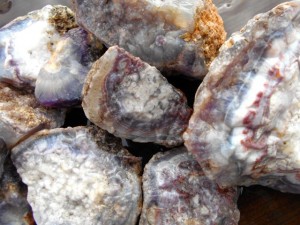
Old Luna from 50 years ago.
My jaw dropped when I saw he had old stock Luna Agate. I recognized this stuff from years ago. This material was acquired from an estate of an old rockhound (old meaning 103 when he died–maybe rockhunting is a healthy hobby!) who collected in Mexico over 60 years ago. The vendor said people had been walking right by, without even looking at his rare and extinct material. He knew what he had, and I knew what he had, so I did not object to the price. I would have bought it all had my pockets been deep enough. I give Bonnie credit for finding this little pile of treasure. We sure had fun pawing through his pile and trying to figure out which agate pieces would be the best.
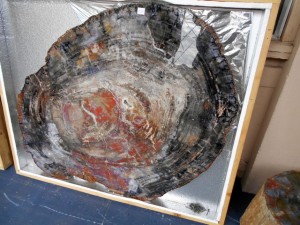
A great slab at the Fossil Show
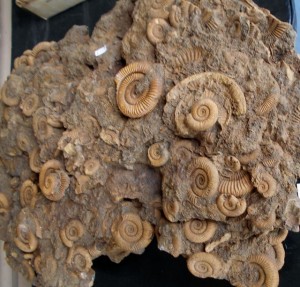
dactyloceras plate
We went to the Arizona Mineral & Fossil Show at the Ramada Inn. Not much was happening there. Some vendors had left or were packing even though this show is open until the 15th. The most interesting, high on the awesome scale were fish plates. Leaning against the second floor balcony from the ground up they were a large eye-catching display waiting for a great location, not in your average house. Bob Finney of Fossil Lake Fish Company gave me a card with the story. Another impressive but smaller plate was next to it with a fern and fossil fish swimming in the fossiliferous sediments. I’ve never seen a larger fossil plate. If you have a fat wallet ($150,000) and an oversize wall you could use this striking fossil centerpiece.
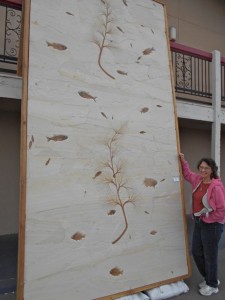
A real Giant of a fish plate with a giant price.
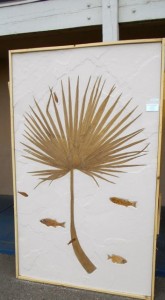
These specimens came from southwestern Wyoming and formed 50 millions years ago. The Fossil Lake was around 930 miles, so many geologic features and fossils are being unearthed there. Lots of fossils from around the world are shown at this show.
I see a lot of younger attendees at these shows, rapidly scurrying here and there, as well as the more seasoned veterans, a bit slower, but a bit wiser as to choices they make and knowledge they bring to their choices. It is sort of like the tortoise and the hare race, the early bird might get the worm, but sometimes slow and steady wins the race. That was the case with me today. This is not the first time this has happened. My advice to younger rock hounds is to slow down, look around, and chat with the older folks who have been doing this awhile!
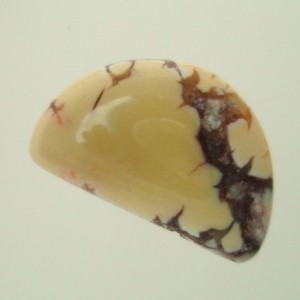
Look what I found in a box at Gary Wilson's booth. Yes a Keweenaw Point Datolite no one else identified.


